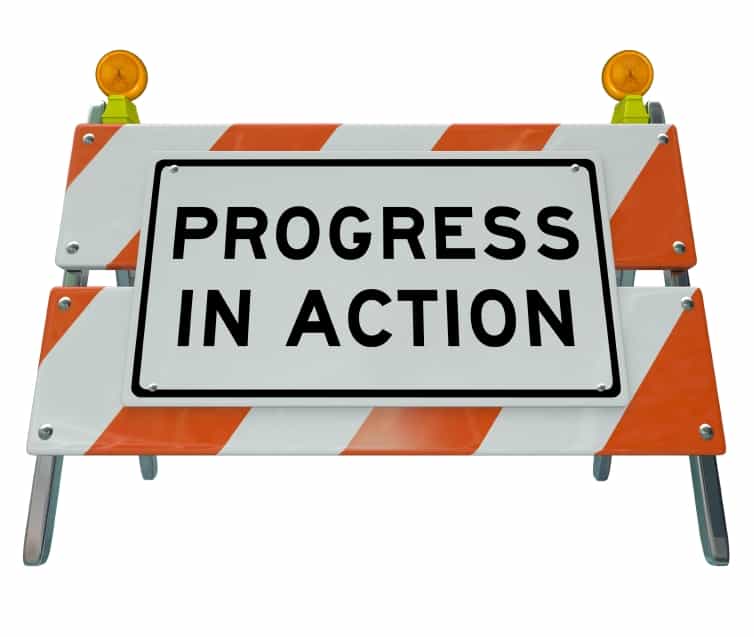The most successful safety management improvements come from a multi-disciplinary approach. The biggest leaps in safety management have come not from the established safety academic profession of engineering but from those outside that discipline – sociologists (Andrew Hopkins) , psychologists (James Reason) and, increasingly, philosophers.
Recently philosopher Alain de Botton was interviewed in the Australian magazine, Dumbo Feather (issue 30, 2012). When asked whether the discussion of philosophical ideas exists in popular space, he said:
“I care about a mass audience because I somehow believe that the mass is right. I believe in a democratic sense that if you’re not reaching a broad number of people with your ideas, that there’s probably something wrong with your ideas. It might not be everything that’ wrong with them, but something presentational or structural. We live in very open societies, where if your message is a good one it should be able to get out there.
So when the typical academic says, ‘Well, you know, I don’t want to be open to popular scrutiny’ or, ‘I’m not interested in discussing my material with just anyone’, my response is ‘Well, why?’ What is it about your field of study that makes it inevitably beyond a broader public acceptance or recognition or discussion?”
de Botton is not talking about safety, per se, but he is talking about the communication of ideas and communication, or consultation, is a crucial element of successful safety management.
Why is it that the most useful and interesting perspectives on workplace safety are coming from non-traditional safety disciplines?

